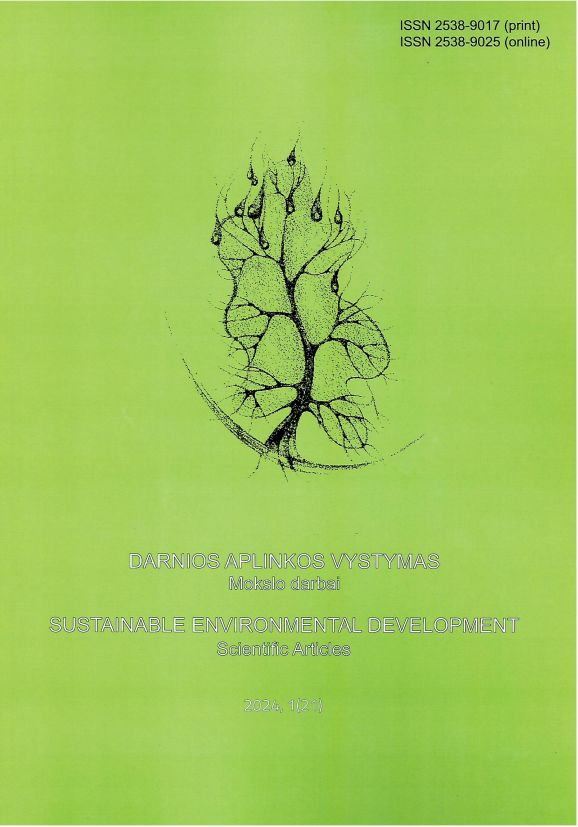Two Publications Dealing with the Invasiveness of Alien Woody Plants: Feedback About Them or a Drop of Kerosene on the Bonfire of Discussion
DOI:
https://doi.org/10.52320/dav.v22i1.363Abstract
Two professional publications, admittedly no longer new, but relevant, determining positions in the protection of ecosystems, set the stage for serious, reasoned conversations. One of them, published in 2020, is the scientific study of Lina Straigytė and Gintautas Činga, foresters of the Academy of Agriculture of VMU, Possibilities and limitations of growing non-natives tree species in the forests of Lithuania and European Union countries (Kaunas, VMU publishing house, 124 p.; called MK in the text). The second publication was prepared by the collective of authors (editors Zigmantas Gudžinskas, Valerijus Rašomavičius), the book Invasive and alien species in Lithuania was published at the end 2023 (Vilnius, Nature Research Centre, 312 p.; called GK in the text).
The invasiveness of the plant can be “resisted” by proper maintenance, by controlling the possibilities of its spread by technological means other than indiscriminate removal from urban greenery or historic greenery and the use of chemical preparations as indicated in the book of naturalists (GK, pp. 261–264). Well, the specified order of priorities for the destruction of populations of invasive organisms (GK, p. 164) only confirms the one-sided projection of the “science box” view, without understanding where one or another plant “reaches” first and why.
Downloads
Published
Issue
Section
License
Copyright (c) 2025 Steponas Deveikis

This work is licensed under a Creative Commons Attribution 4.0 International License.
Individual articles are published Open Access under the Creative Commons Licence CC-BY 4.0, which permits unrestricted use, distribution, and reproduction in any medium, provided the original author and source are credited. Authors retain copyright in their articles, but grant Klaipėdos valstybinė kolegija the right of the first publication.

